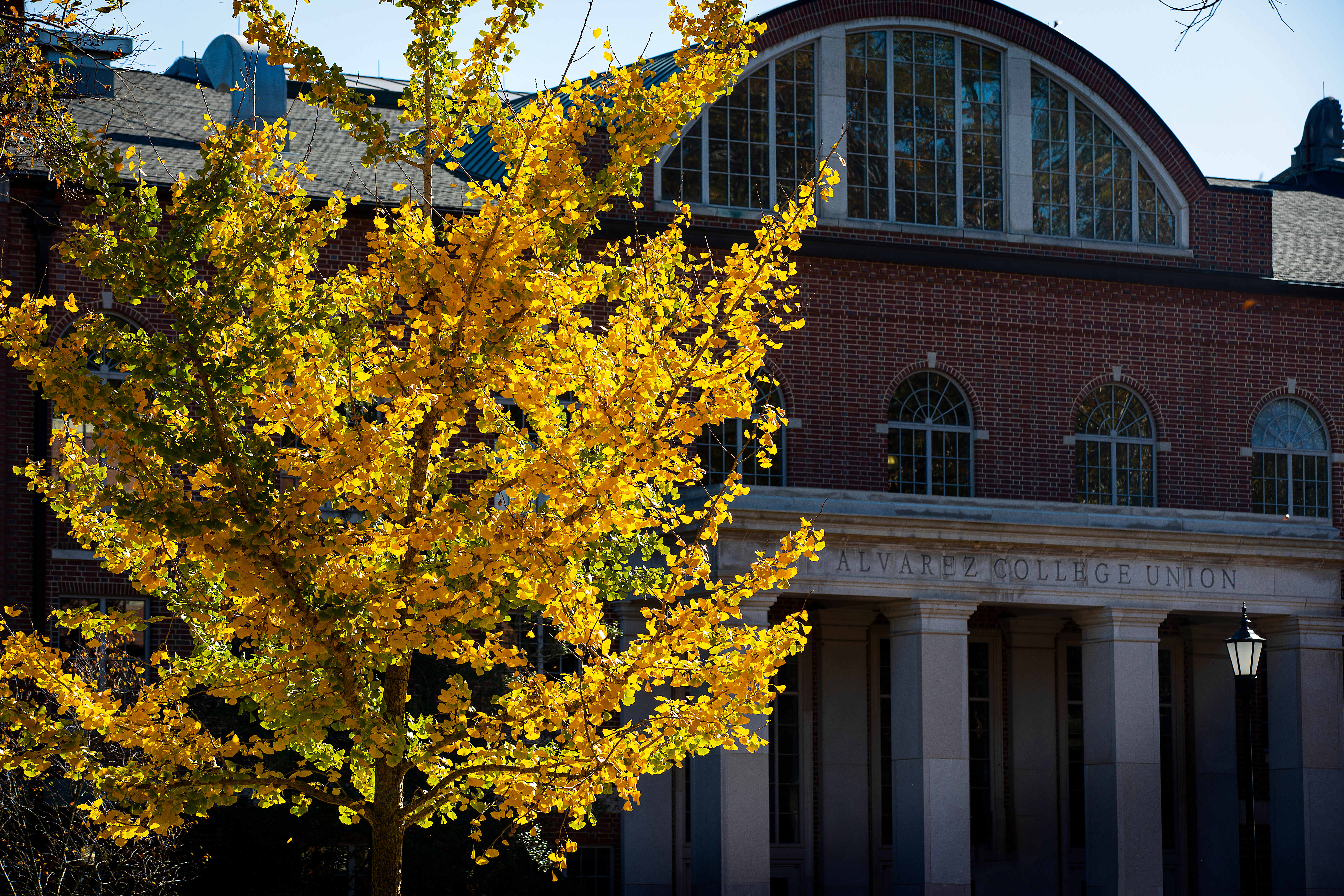Prof. Menkhaus Q&A: World’s Largest Refugee Camp in Limbo
February 14, 2017
Kenya's highest court has rejected a government plan to close the world's largest refugee camp, but the fate of the refugees remains uncertain.
"The court decision buys us a bit of time, but the expectation is that this is a temporary reprieve," said Professor of Political Science Ken Menkhaus, an expert on the Horn of Africa and al-Qaeda-linked terrorist group Al-Shabaab. "If the government wants to close the camp, it has ways of creating "push factors" that will induce many people to return to Somalia."
The Dadaab camp, established in the 1990s during the Somali civil war, is home to more than 300,000 refugees -- many of whom have lived there for two decades. The Kenyan government cites concerns about Al-Shabaab in the decision to shut down the camp and says it will appeal the court's decision.
Menkhaus, who recently returned from Kenya and Somalia, led a project there to assess the potential effects of the refugees on the areas to which they will return, as well as the potential effects of return on the refugees. He just completed a conflict analysis report on Somalia for the United Nations.
Menkhaus provided some insight in the following Q&A:
Is there a connection between Al-Shabaab and the refugees?
The Kenyan government claims Al-Shabaab uses the camp as a safe haven, to smuggle weapons and to recruit. But there's little evidence that they use the camp -- the refugees are being scapegoated. The decision to close the camp is popular with many Kenyans, who are upset with Somalis because of Al-Shabaab terrorist attacks in Kenya. Kenya is also in an election year, and the proposed closure of the refugee camp is being used as an election campaign tactic.
What are some of the potential outcomes, if the repatriation goes forward?
The resettlement will constitute a massive return of people into a highly non-permissive environment. In Somalia, you have a paralyzed and weak government that is unable to provide security. Al-Shabaab controls most of the countryside in southern Somalia and could forcibly conscript and tax the returnees. Severe drought is producing famine-like conditions. African peacekeeping forces may withdraw out in the next three years. It's a horrible time to return the refugees. Most of the refugees are from minority groups and are female-headed households, so they are very vulnerable.
Are there alternative solutions to repatriation?
Forcing refugees to return to their countries against their will is against international humanitarian law. There are three preferred, legal options for the refugees. The best option is always voluntary repatriation to their country of origin, but this requires the right conditions. In cases where the refugees' home country is plagued by protracted war and state failure, this is not possible. The second is third country resettlement. This has occurred -- Somalis have been resettled to the United States and elsewhere -- but the numbers are small and population growth in camps exceeds the number of refugees who have been resettled. Given the current political climate in much of Europe and the United States, it is unlikely governments will expand resettlement programs at this time. The third option is absorption into the population of the host country, in this case Kenya. But accepting several hundred thousand Somali refugees as Kenyan citizens would be politically very unpopular at this time and would be an economic burden on Kenya. So none of the three preferred options has been viable over the past 25 years. The result is that the refugees have been stuck in the camps for up to a quarter century. Refugee agencies call this "warehousing" the refugees and consider it a very undesirable default option. But it is a better fate than being forced to return to Somalia.
Lisa Patterson
lipatterson@davidson.edu
704-894-2130



